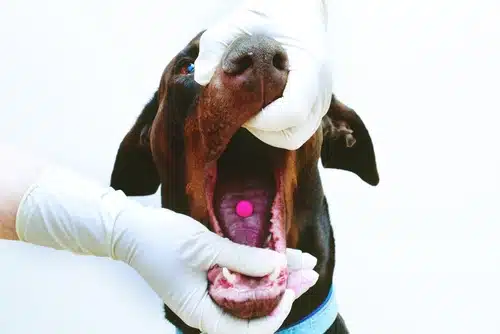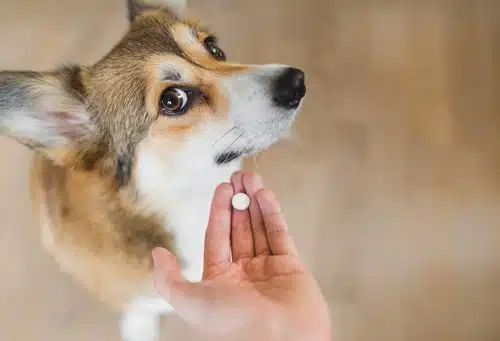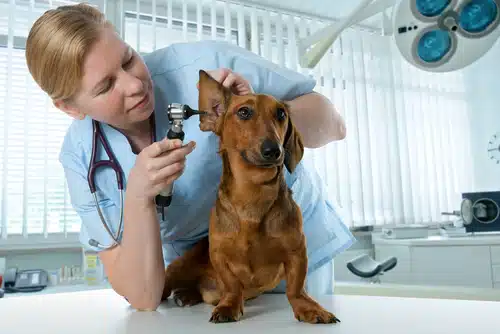Categories
Tags
animal welfare
breed profile
buying a car
buying a pet
Car
car accessories
car care
car features
car insurance
Car safety
car sales
car service
cat
cat behaviour
cat body language
Cat Breeds
cat food
cat insurance
comprehensive car insurance
Dog
Dog Behaviour
dog body language
Dog Breeds
dog food
Dog Insurance
dog training
eco friendly cars
Kitten
New Car
pet accessories
pet activities
Pet Adoption
pet breeders
pet days of the year
pet fun stuff
Pet Health
pet insurance
pet parenting
Pet Safety
pet services
Puppy
rescue pets
road safety
road trip
safe driving
Recent Blog:
Facebook Posts
3 days ago
Yes or No - got any road adventures planned for Easter? Whatever you answered, here are some great ideas for this year (or next):![]() #easter.
... See MoreSee Less
#easter.
... See MoreSee Less
Driving, Flying and Staycations with Dogs and Cats this Easter
bit.ly
Is cat or dog friendly Easter travel on your wishlist? You're one of many! Travelling with dogs, cats and even some other critters (think bearded dragons
PD Insurance
with Dogs West.
4 days ago
Win a doggy hamper! Upload a picture of your pooch and you could win one of three furbulous prizes from PD Insurance consisting of a Pet Store voucher, Dogs West Membership and Emergency Dog First Aid kit. Click below to enter and stand a chance to WIN! bit.ly/4covyce![]()
![]() Read our Terms and Conditions here: bit.ly/49b9pew
Read our Terms and Conditions here: bit.ly/49b9pew![]()
![]() #PDinsurance #dogswest
... See MoreSee Less
#PDinsurance #dogswest
... See MoreSee Less
bit.ly
Stand a chance to WIN! At PD Insurance we’re passionate about providing protection for your fur baby. We’re also passionate about businesses and brands5 days ago
May your Easter be filled with joy, love, and lots of chocolate eggs! 🐇🐣 #happyeaster
... See MoreSee Less
Aaah, there’s nothing better than oversized paws, tiny zoomies, and that new puppy smell. Except when you have to give them medication. Not only do we worry about our little patients but it can be a real battle too! Here are our top tips on how to give medicine to your puppy.
The good news? If you get it right now, you’re likely to have an adult dog who is compliant about taking medicine further down the line!
Steps to getting pills into a puppy’s mouth
When you’re figuring out how to give medicine to your puppy, it pays to be prepared. Learning how to give pills to puppies and dogs swiftly and calmly is a skill that will serve you well in years to come (though hopefully not too well!).
As with anything, there’s a bit of a knack to it and it takes a bit of practice. That’s why vets can do it so quickly and easily. Unlike many other factors that affect vet mental health, this easy-to-learn task isn’t one of them.
Firstly, you’ll have to tilt your puppy’s head back. When you’re giving medication to cats this way, their lower jaw naturally opens up. With dogs though, you’ll have to open the jaw with your fingers.
Don’t use force, or you could either get bitten or hurt your puppy. Encourage your puppy to open his mouth by gently pressing his lips against his teeth or by gently pressing a finger against the roof of his mouth.
Once the mouth is open, you’ll want to push the pill as far back into his mouth as possible. This might require you putting your fingers quite far back into his mouth, so be sure to work quickly to avoid any accidental bites. Once the pill is in your puppy’s mouth, close his mouth quickly and massage the throat or blow on his nose to encourage him to swallow.
There’s a great visual representation of this process here, in case you’re struggling to picture the steps! It can also help to give the pill a thin coating of butter or similar to help it slide down the throat more easily.
How to give medicine to your puppy in liquid form
Some medication comes in liquid form. This can be easier to administer but, unlike pills, you only really get one shot at it. If your puppy manages to wriggle away or spit it out, you can’t really gather the liquid up and try again.
If you’ve got to give your puppy liquid medicine directly into the mouth, here’s what to do.
Firstly, if the medication hasn’t come in a syringe, transfer it to one to make the process easier.
Holding your puppy gently, tilt their head back. Then fold back the lip and push the syringe into mouth just behind the canine teeth. These are the teeth that look like fangs. Angle the syringe towards the back of the tongue, and gently squirt it into your puppy’s mouth. The puppy will likely spit out some of the medication but if you have angled it correctly, will have swallowed enough to do the job.
Most vets will account for some “spillage” when it comes to liquid medicine. Remember to give your puppy a treat and lots of praise after the process to make it easier next time!

Other tips on how to give your puppy medicine
Sometimes, you just want a bit of a life hack for giving medicine to your dog. While there’s no magic pill (get it??) to suddenly make medicating your dogs a breeze, there are some tricks which might make the process easier.
When you next have to face the dreaded medicine time, try these tactics to see if they help:
- Use a pill device like this to help get the pill to the back of the throat
- Hide the medicine in a food that your dog can’t resist. Something like crunchy peanut butter is a good option as it’s sticky and (hopefully) stops your puppy from eating around the medicine.
- Pill pockets can sometimes help too
- Open the medication container away from your dog. They definitely start to associate the sound of it opening with the medicine itself, the same way they associate the sound of their dog biccies being poured with dinner time.
Try a different form of medicine
It’s worth asking your vet about the different types of medicines available. You might have been given pills, for instance, but the medicine could also be available in liquid or chewable form.
Depending on your puppy, one type of medicine might be more suitable than another. Some owners find it much easier to dispense liquid medicine with a little syringe than pills, even if your puppy doesn’t enjoy either of them.
Of course, a different form of medication isn’t always an option, but it never harms to ask.
Pet insurance means medicine is one less concern
If you’ve taken out pet insurance for your new puppy, medication costs won’t be the deciding factor in how to treat an accident or illness. Check out our dog insurance plans here for more information on the right option for you.
Share On:




